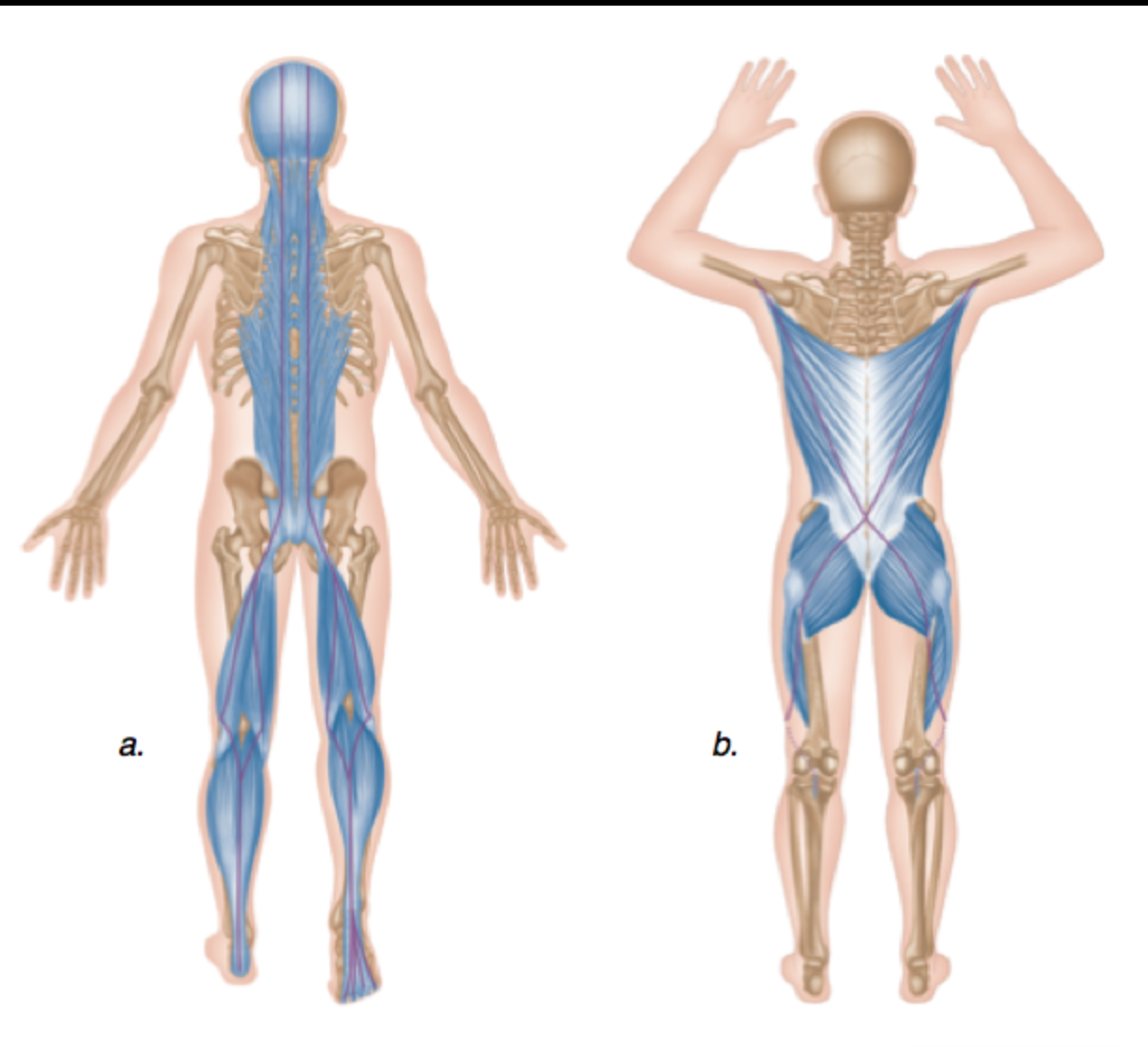One of the areas of training that has been getting a lot of attention over the last couple of years is single limb training. You’ll sometimes hear it being called isolateral training, and the purpose is to isolate each individual limb as part of an overall training programme.
The thinking is that if you isolate each limb during training, you make it strong because it is forced to work fully, developing strength.
When an exercise is performed unilaterally (both sides at the same time), there can be a tendency for the stronger side to dominate the movement - this is certainly the case with barbell exercises such as the bench press or squats, but it also happens on machines such as lat pulldowns, chest press, leg press etc.
If this happens over a long enough period of time it can create a significant strength imbalance between both sides, resulting in a higher injury risk.
Cross Over from Professional Sport to General Population
Single limb training isn’t anything new - it has been used in professional sport for decades. In sports where there is a great emphasis on a single limb such as jumping or throwing sports (athletes take off on the same leg, or throw with the same arm over and over again), single limb work has been predominant for years.
The big crossover came when strength and conditioning coaches such as Mike Boyle started to announce he was using single limb variations of training for not just his sports clients, but his general population clients too. He argued that it was more functional, less likely to result in injury and led to greater health and fitness gains across the board. It’s hard to argue with these points too, for a number of reasons…
Single limb work uses lighter weights to achieve the same training effect, which reduces injury risk
Single limb work means each body part has to work independently, improving general strength
Technique improves because there’s no compensatory movement patterns
The switch to single limb work is often the change your body needs and acts as a stimulus for wider training adaptions. We know from research that with single limb training you still benefit the opposite site of the body. Across multiple studies the same results occur, where even the non-trained side of the body benefits from strength improvements.
There’s also research that suggests using dumbbells results in better muscle recruitment and activation than barbells. The same can also be said for kettlebells. When assessed, single arm kettlebell swings were shown to achieve greater abdominal and back muscle activation and recruitment, which will translate to greater strength adaption. Interestingly, the single arm swing activated the sling patterns in the body, so when the swing was done with the right arm, the upper right limb and lower left limb were recruited, aiding stability and helping to prevent possible back issues.
Single Limb Training at AdMac Fitness
We pride ourselves with being abreast of the research and ensuring that the advice we give our personal training clients has justifiable evidence pointing towards its effectiveness. This is why when you work with an AdMac Fitness personal trainer, you’ll be taking part in effective workouts that will include single limb work where appropriate.
So next time in your session at AdMac Fitness, when your personal trainer reaches for the kettlebells or dumbbells and tells you you’re going to so something like single arm rows, single leg squats, alternating shoulder presses or the like, you know why!
If you’re looking for personal training in East London, get in touch!
At AdMac Fitness we’re not about fads, fashions and short term fixes. We want you to succeed properly over the long term, so with our help and advice you can get your fitness back on track! If you’d like us to help you, contact us on 07921465108 or email us at admacfitness@gmail.com. We look forward to hearing from you!








































